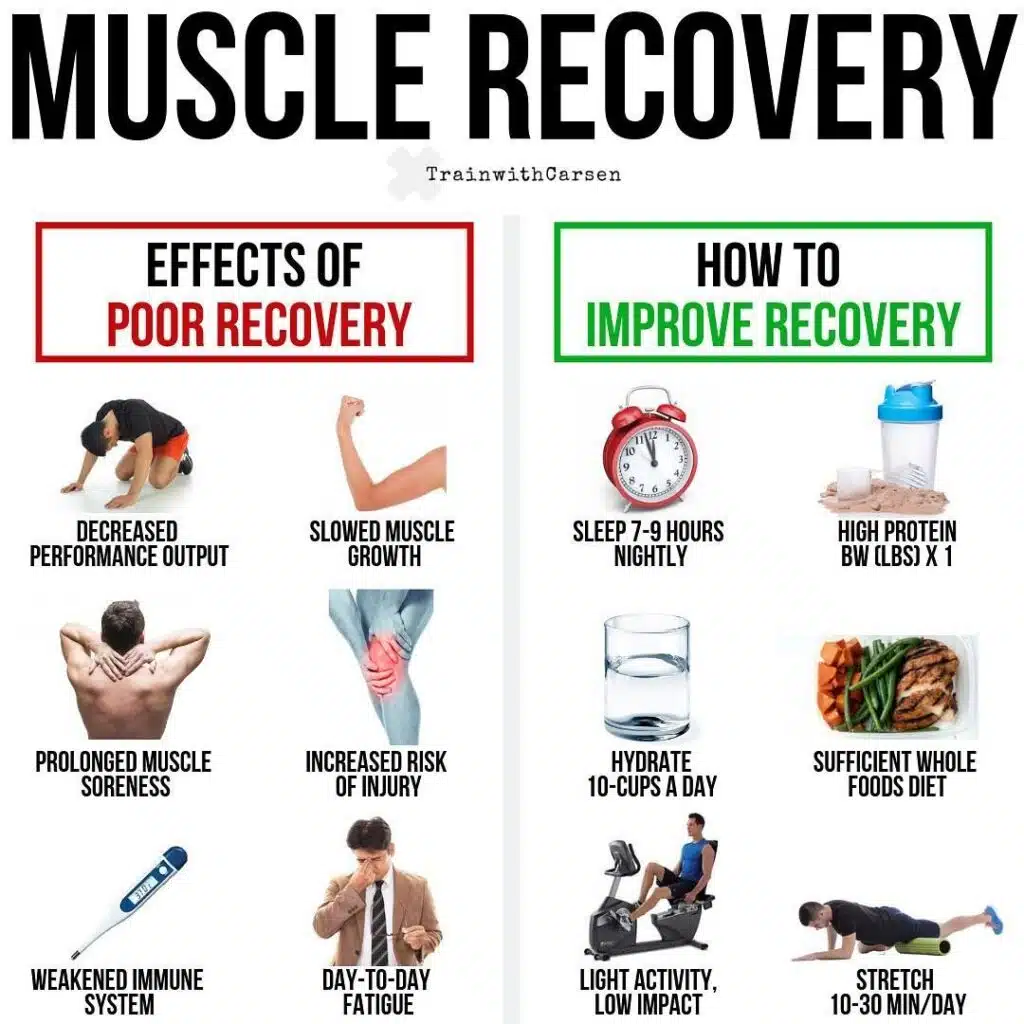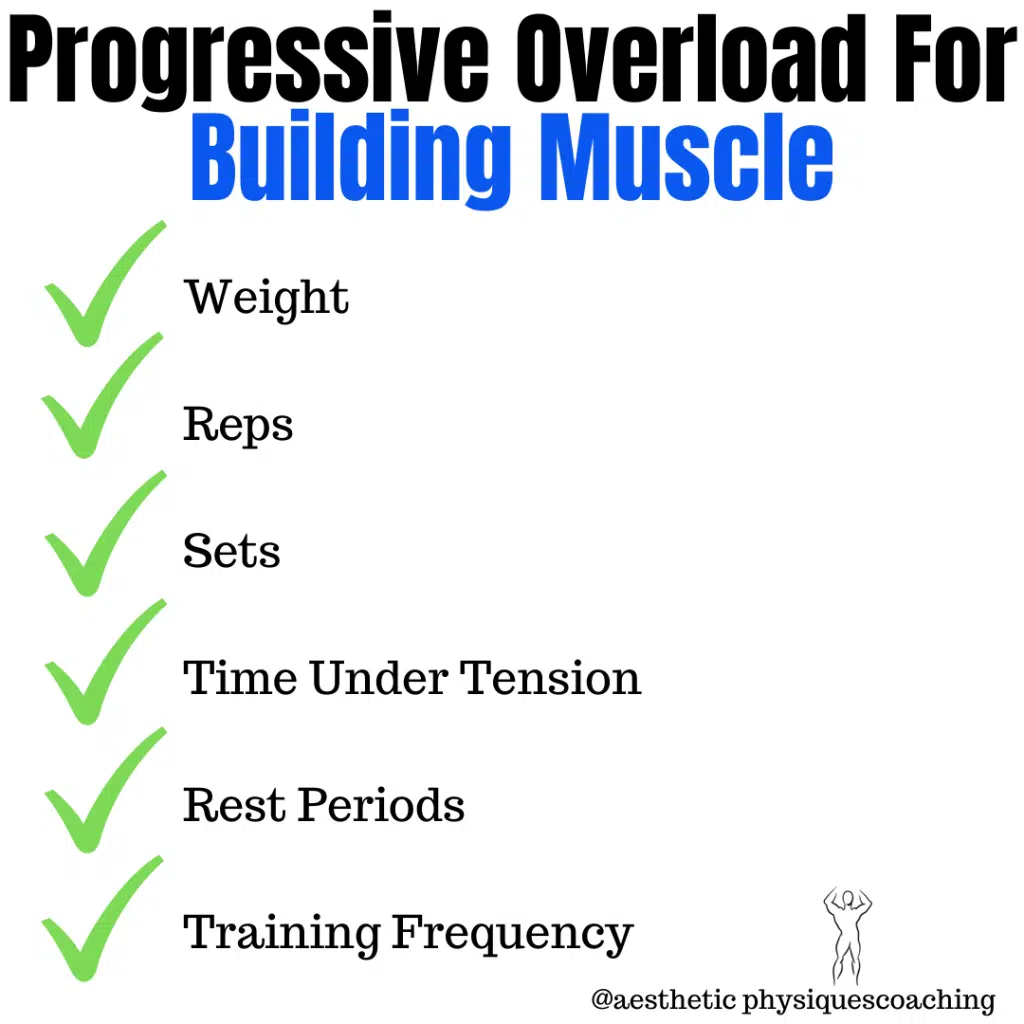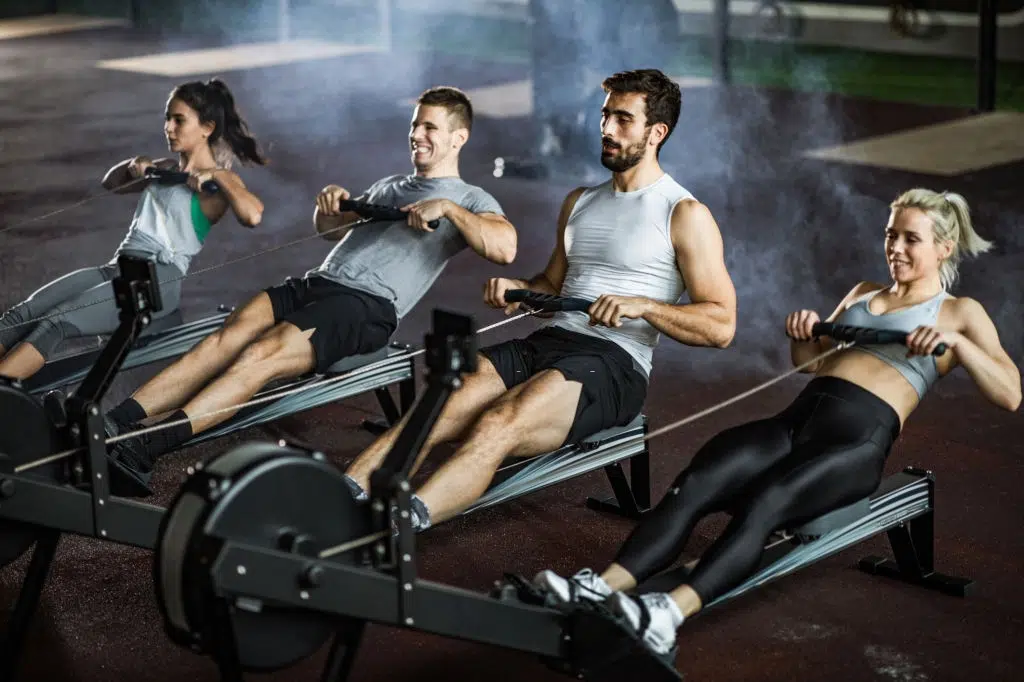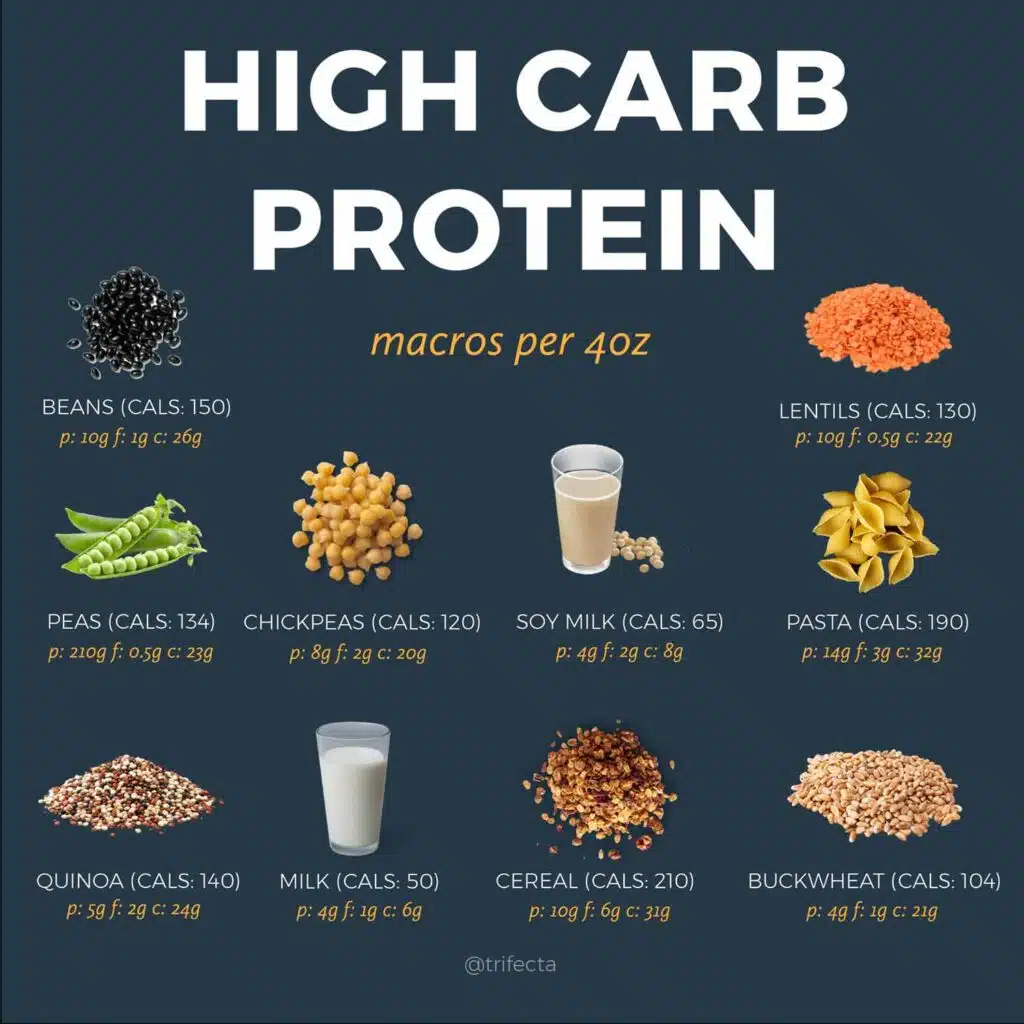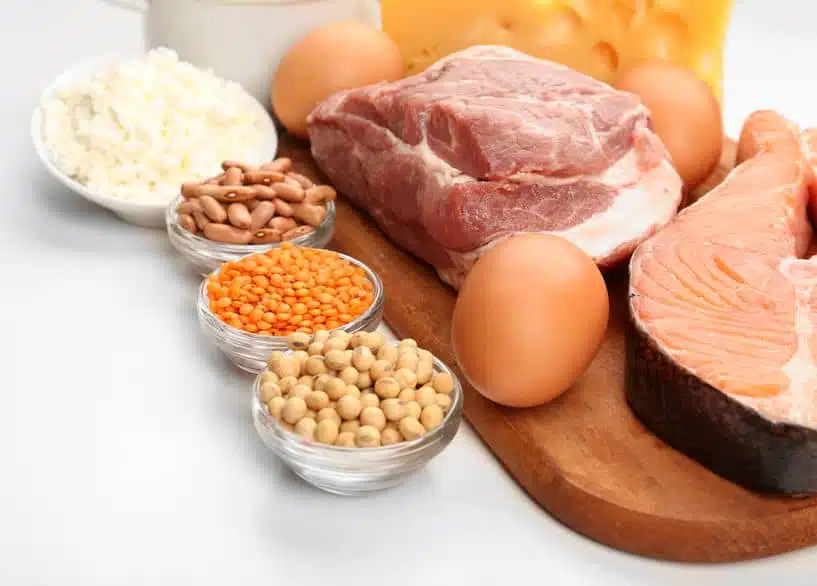Diet, fat loss, health & well-being, muscle building
How to Achieve a Body Recomposition Via Positive Nitrogen Balance
Simultaneously burning fat and building muscle, often referred to as “body recomposition,” is a challenging but achievable goal. It typically involves a combination of targeted nutrition, resistance training, cardiovascular exercise, and adequate recovery. In the context of bodybuilding and nutrition, the term “positive nitrogen balance” is often used to describe a state in which the body retains more nitrogen than it excretes. Nitrogen is a crucial component of amino acids, which are the building blocks of proteins. Maintaining a positive nitrogen balance is important for muscle growth and overall protein synthesis.
When you consume more nitrogen (through protein intake) than your body loses, you are in a state of positive nitrogen balance. This is particularly relevant for individuals involved in activities that demand increased protein synthesis, such as bodybuilding and strength training. One of the most common misconceptions in the fitness industry is that unless you’re a newbie, you can’t build muscle if you’re in a calorie deficit. However, this is not true, IF your protein intake is high enough(1-1.5 grams of protein per pound of bodyweight), and you’re not in a crazy high calorie deficit(500 calories should suffice). Here are 3 other key ways as to how a positive nitrogen balance relates to bodybuilding.
1. Muscle Protein Synthesis
Muscle protein synthesis(MPS) is the process of producing new muscle protein from amino acids, and is triggered by intense exercise that yields muscle damage. It is crucial for muscle growth, repair, and strength. The ratio of muscle protein synthesis to muscle protein breakdown determines whether muscle mass is gained or lost. Hence, it is crucial that this positive nitrogen balance is utilized daily to maximize this steady rate of MPS to assist with the aforementioned muscle growth & recovery. As shown in the chart below, muscle protein synthesis is maximed at about 40 grams of protein per meal, especially post workout. However, this much protein does NOT need to be consumed each meal in order to build muscle, bur rather to help ensure more potential muscle gain. FSR stands for protein fractional synthesis rate, which is the rate that the amino acid precursor is incorporated into protein(Moore, 2009).
It is also commonly said that in order to maximize MPS and muscle gains, that one must eat a protein rich meal every 2-3 hours to keep the steady supply of MPS. I tend to disagree with this, as total protein intake THROUGHOUT the course of the day is what matters most, along with adequate recovery and sleep.
2. Recovery
A positive nitrogen balance greatly helps promote muscle recovery by helping to heal the muscles micro tears and build them back bigger and stronger. It is important to allow at least a full 24 hours of recovery before the next training session, if possible.
3. Muscle Maintenance
Even if your training intensity is subpar and doesn’t trigger enough of a stimulus to build new muscle, being in a positive nitrogen balance will still ensure that you at least maintain your current muscle mass, even under a state of stress and mild to moderate calorie reduction. .
Strategies to Achieve Body Recomposition
1. Progressive overload with strength training
Unless you’re a newbie or are on steroids, you need to increase the challenge places on your muscles by increased the training stressors placed on them. For example, there are several ways to do this:
- Lifting heavier weights over time: This is the most commonly utilized form of progressive overload. You can add 5-10 lbs on a certain lift for weeks on end if you’re optimizing your recovery.
- Training in the 8-12 rep range: although you can still build muscle in the 4-7 rep range, the sweet spot is 8-12 reps to best achieve hypertrophic effects. 12+ reps tend to work more muscle endurance.
- Time under tension: This is the total amount of time that your muscles are under a state of duress during each working set. A simple way to increase time under tension is to slow down the tempo. Ex: 3 second lower on bicep curls.
- Increase density: density is the total amount of work you do in a given time. The best ways to increase workout density is to increase is to decrease rest breaks and/or superset exercises. The less time you give your muscles to recover in between sets, the harder they have to work. This is great for hypertrophy, but not recommended when training for strength.
2. Cardiovascular exercise
High Intensity Interval Training(HIIT): Studies have shown that incorporating high intensity interval training is an effective method for fat loss while preserving muscle, as it increased calorie burn for up to hours after a workout. While it is not at an excessive rate, it can certainly make a difference over time. Human growth hormone is also increased for up to 24 hours after this type of exercise.
Low and moderate state cardio: Moderate state cardio can be power walking or jogging on the treadmill for a mile, while low state cardio can be as simple as a light paced walk for 10 minutes. I prefer low state cardio over moderate state cardio, as it can help promote recovery quicker while better maintaining muscle.
3. Nutrient timing
Consuming a post workout meal with a balanced amount of carbohydrates and proteins helps assist in replenishing depleted glycogen stores while repairing damaged muscle. I like to shoot for 0.2-0.4 grams of protein per pound of bodyweight and 0.4 grams of carbs per pound of bodyweight post workout.
4. Optimize nutrient dense foods
Whole and unprocessed foods container higher concentrations of vitamins and minerals than processed foods, which are stripped of many vitamins and minerals, and are often made with unhealthy ingredients. The saying that you cant out-train a bad diet is true, as recovery can be greatly impeded over time if you consume high inflammatory foods.
5. Patience
I preach this a lot, but its important to be said: you didn’t get out of shape in a day, week, or month, so you’re not going to get in shape that quickly. Have a plan, and execute! All it takes is seeing that first sign of progress, and let that keep you going!



